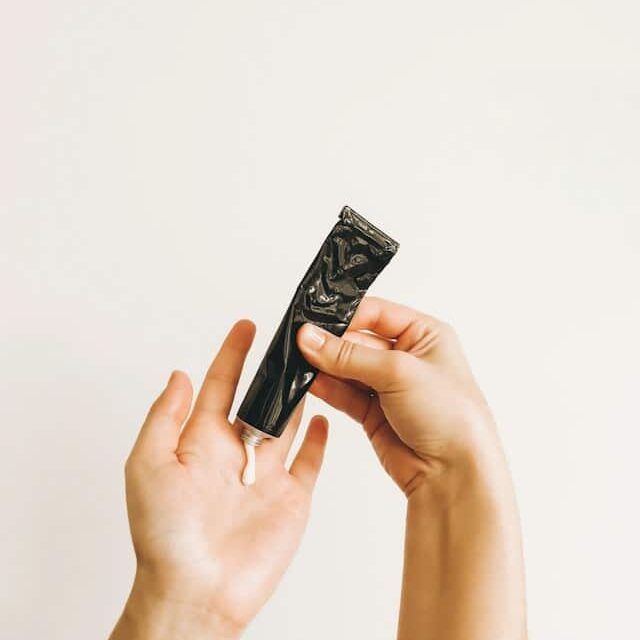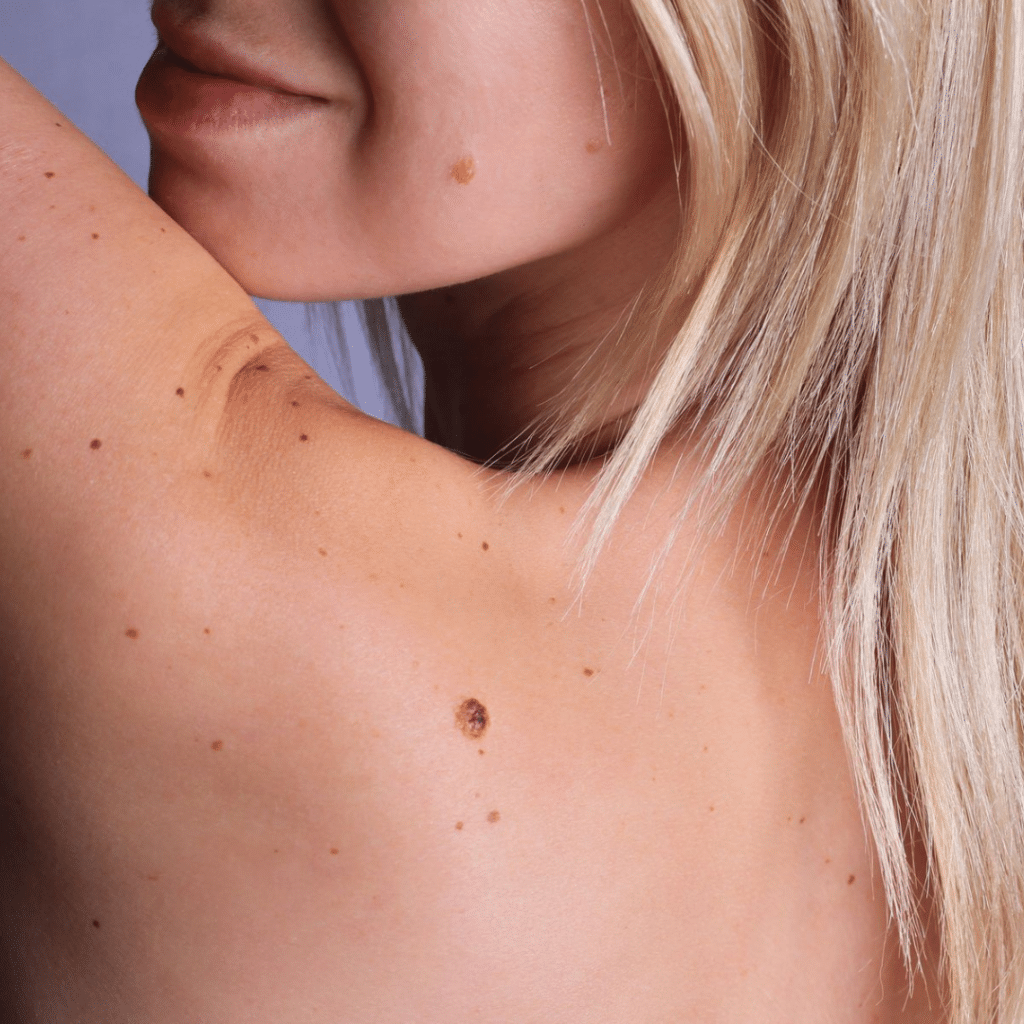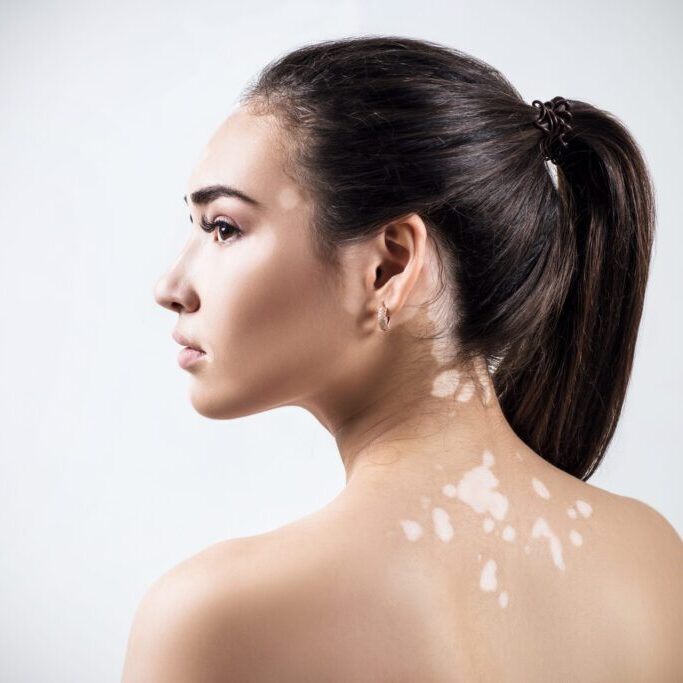Moisturizers, not all are created equal
I think that winter finally decided to show up just in time for the Holidays. And with winter comes lots of dry, cracked skin that can lead to rashes.
I have a lot of patients at my Park City clinic that are from the East Coast and they always tell me similar stories, ever since living here their skin is very different. It is very dry and gets irritated easily or they have never had eczema in their life until moving here.
We do live in the 2nd driest state in the country and our skin takes a beating, especially in the winter. Consequently, we have to be extra vigilant in taking care of it.
Xerosis is the medical term that means dry skin and it usually has a very dry, rough, and scaly texture to it. It can develop little tears that can lead to some serious rashes and infections.
You may not have “eczema”, but we all deal with dry skin at some point or another, especially here. I don’t have particularly dry sensitive skin, but my hands sure do get hammered in the winter because I wash them 100 times a day to try and keep the winter bugs away from my baby.
Regardless of how mild or severe your dry skin may be, it is a sign of barrier dysfunction. There are different factors that can play a role in barrier dysfunction, but in short, it doesn’t keep water in and allergens and irritants out!
How do we repair our barrier and keep our skin healthy and soft? Applying a good moisturizer frequently is critical.
However, the term moisturizer is a marketing term and not all moisturizers are created equal.
I have patients tell me all the time, well I apply my Bath and Bodyworks hand lotion daily and then we go on to have the discussion that the term moisturizer is a marketing ploy and they are not all created equal.
Step 1: picking a good moisturizer
- Ointments are better than creams, and creams are better than lotions. This comes with a caveat, you have to like the feel of what you put on, or else you won’t use it frequently enough. Don’t smear Vaseline all over your body and dread it, just remember in general the thicker (higher oil content than water and alcohol content) the better.
- Look for the terms, emollient and humectant
- Products should contain ceramides
- Products should not contain fragrances and soaps
- Good ingredients include; Urea, petrolatum, dimethicone, etc.
There are many different brands you can find at your grocery store with these tips in mind. If you do have very sensitive skin that is prone to eczema then my favorite is the Vanicream line of products because it is in my opinion the most hypoallergenic product out there.
There are also some prescription medications that repair and protect the skin barrier that many patients have had fewer eczema flares with and you can talk with your doctor about those.
Step 2: Frequency of application
The more you use it the better. Your moisturizer should be applied at least twice a day with one of the applications being immediately the following showering when your skin has the highest absorption.
Other tips to avoid further drying out your skin this winter
- Frequent washing, especially in really hot water
- Hard water, which increases skin pH
- Soaps and antiseptics
- Extreme temperatures
- Excessive chlorine in pools and hot tubs
Basically, if you want your skin silky smooth at all times, move to Hawaii and avoid the low humidity, wind, and cold that comes with Utah winters!






